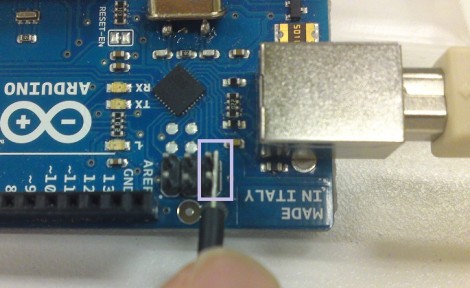
We’ve seen Arduino-based game controllers before, but the UnoJoy project wants to make it easy for you to plug them into a gaming console.
The project is targeted at the Arduino UNO. Why only that hardware… isn’t Arduino universal? Well yes, but in this case the bootloader needs to be overwritten so that the Arduino will enumerate as an approved controller on your game system. Here the device is being put into DFU mode in preparation for flashing.
Once that part’s done it’s time to get to work on your own hardware interface. The UnoJoy library provides all of the hooks you need to push controller data to the game console, it’s up to you to use the Arduino IDE to decide when these events happen. This would be a great opportunity to make the Pinball Stop controllers work with the Xbox Live Arcade games. Or take a look after the break to see [Alan Chatham] using the library to control Gran Turismo as if it were an NES Power Pad game.







Recent Comments